AFM is primarily used to get the 3D images and thickness profiles of nanostructures. This equipment has all the standard imaging modes (contact, true non-contact, tapping, phase imaging). The facility is also equipped with accessories that can be used to study the thermal, electrical, chemical, dielectric etc. properties of material. This equipment can be used to characterize thin film as well liquid samples.
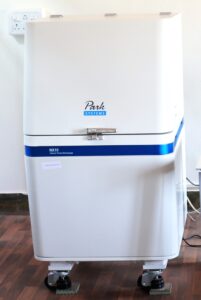
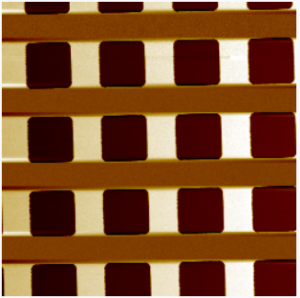
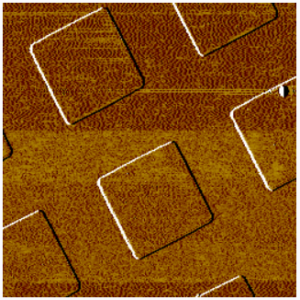
The equipment is useful in studying the fluorescent characteristics and to measure the quantum yields of the compounds, in solution, thin films and solid state. The instrument is coupled with integrating sphere which will enable measurement of absolute quantum yields of the fluorescent samples (solution and thin film/solid state).
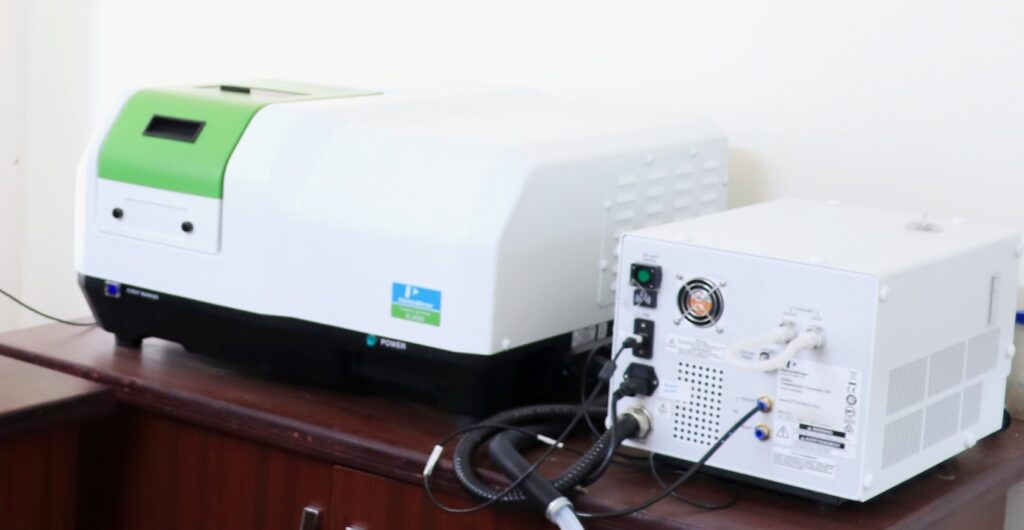


Model No: Perkin Elmer: FL6500
The FESEM along with Oxford Energy Dispersive Spectrometer (EDS) is a sophisticated electron microscope that is used to study the morphology, topography and composition of nanomaterials and nanostructures. This microscope is capable of characterizing conducting, semiconducting and non-conducting samples including polymers. The facility also has the metal sputter coater to aid in the characterization of insulating samples.
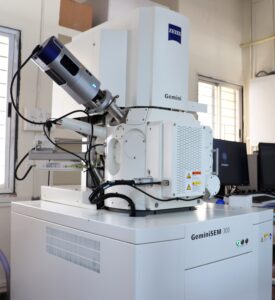
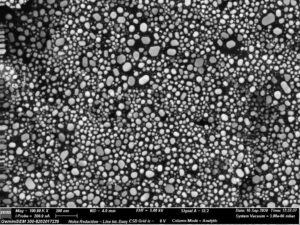
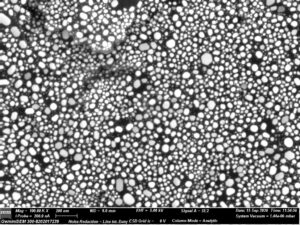
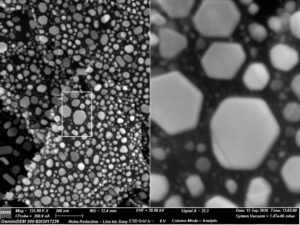
The HPC facility consists of 31 nodes with all CPU cores. The system is connected to the Intel Omnipath infiniband and has 100 TB storage with a parallel file system. The compute nodes have 20 cores per socket and 2 sockets per node and with the following basic info. 1 Master
node (40 cores, 2x Intel Xeon Gold 6146 processor; with 384 GB RAM) 31 Compute nodes (40 cores each, 2x Intel Xeon Gold 6146 processor; with 192 GB RAM/node). The total theoretical TeraFlops for this cluster are 90TF. The machines are of Fujitsu make. These machines are housed in the smart-rack with precision cooling. The DGX box of nVIDIA for AI/ML kind of workloads is also integrated into the smart rack.
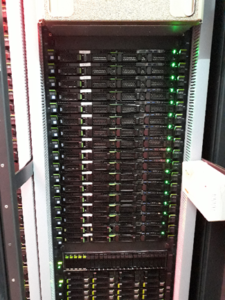
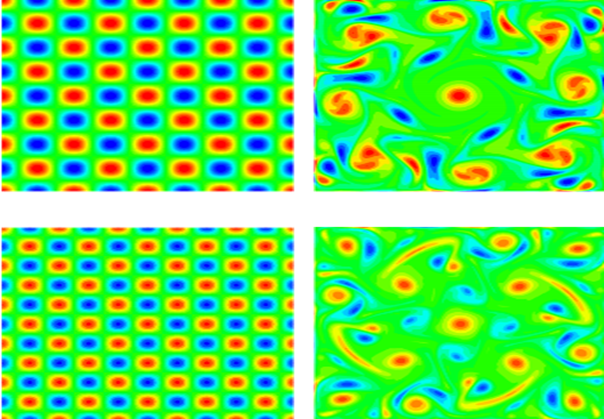
The facility will be useful in structure determination, quantification, and in the analysis of purity of chemical compounds. The instrument can record 1D- and 2D-1H, 13C and many more heteronuclear (19F, 31P, 14N, 11B, etc.) spectra. It is capable of characterizing both in solution and solid state samples.
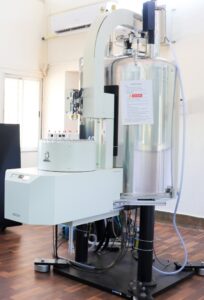


Model No: Jeol:400 MHz NMR spectrometer
he instrument is useful in studying the absorption characteristics of organic/inorganic compounds which absorbs in UV, visible and Infra-red region of the spectrum. It can also assist in identification and determination of the concentration of the unknown compounds. The equipment is also capable of characterizing solution, thin-film, powder state samples.
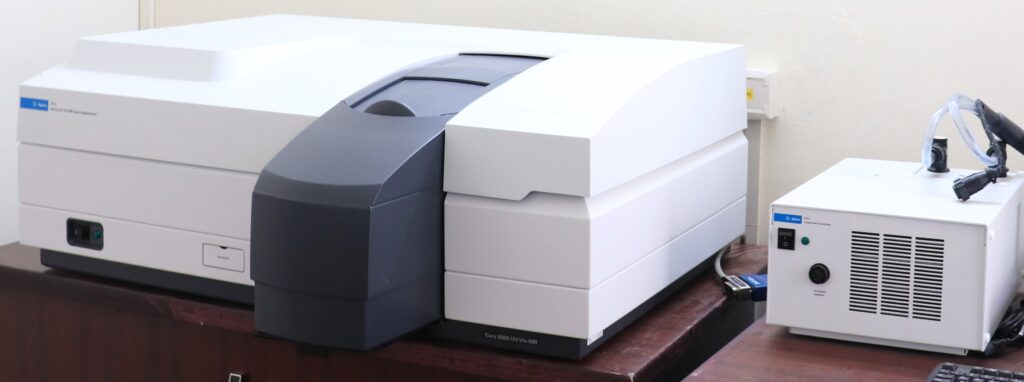

Model No: Agilent Cary 5000
The 100 kN capacity UTM can be employed to conduct tests including fJ1C tests by introducing fatigue-crack, low-cycle and high-cycle fatigue, tensile (flat and round specimens), compression and flexural tests. The 25 kN capacity UTM can be employed to conduct tests including monotonic axial and torsional loadings, Dynamic axial and torsional loading test, a combination of axial and torsional loadings which are in- and out-of-phase. The specimens include flat, round and tubular specimens.
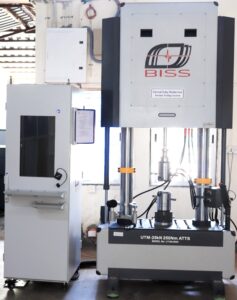





Model No(s): BISS: 100 kN and 25 kN/250 Nm (ATTS)